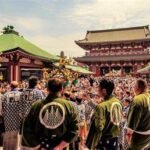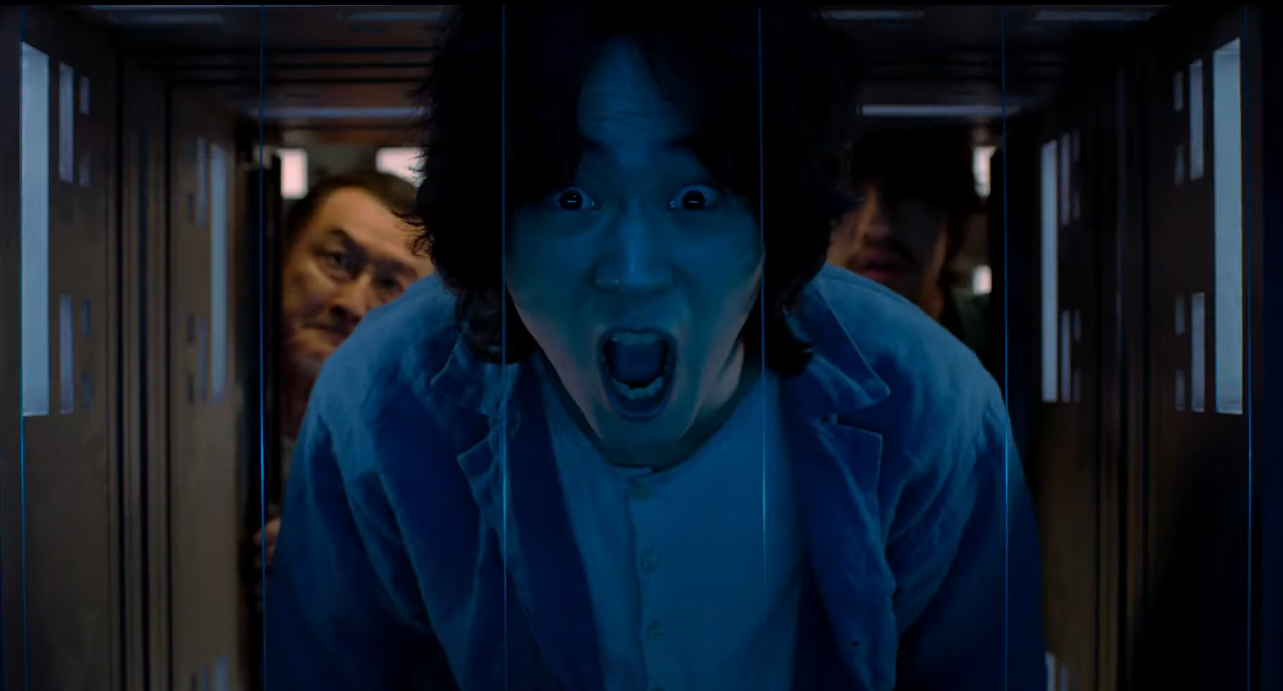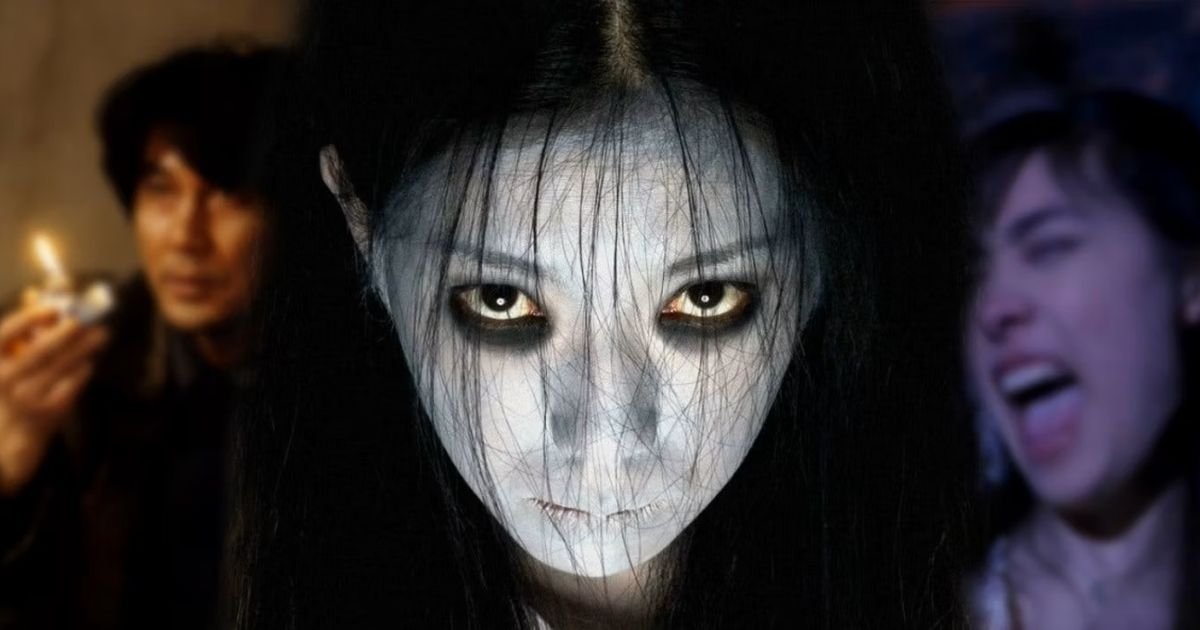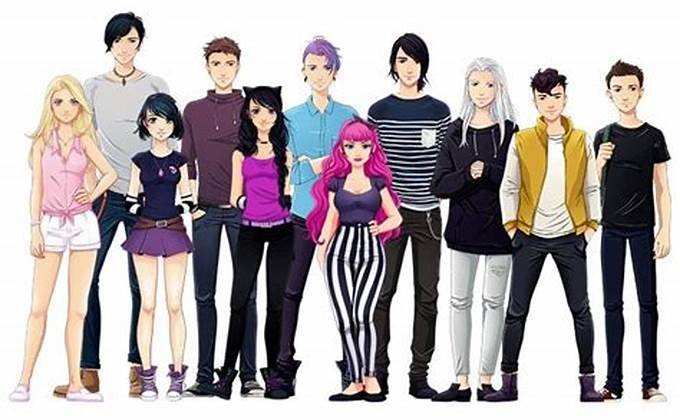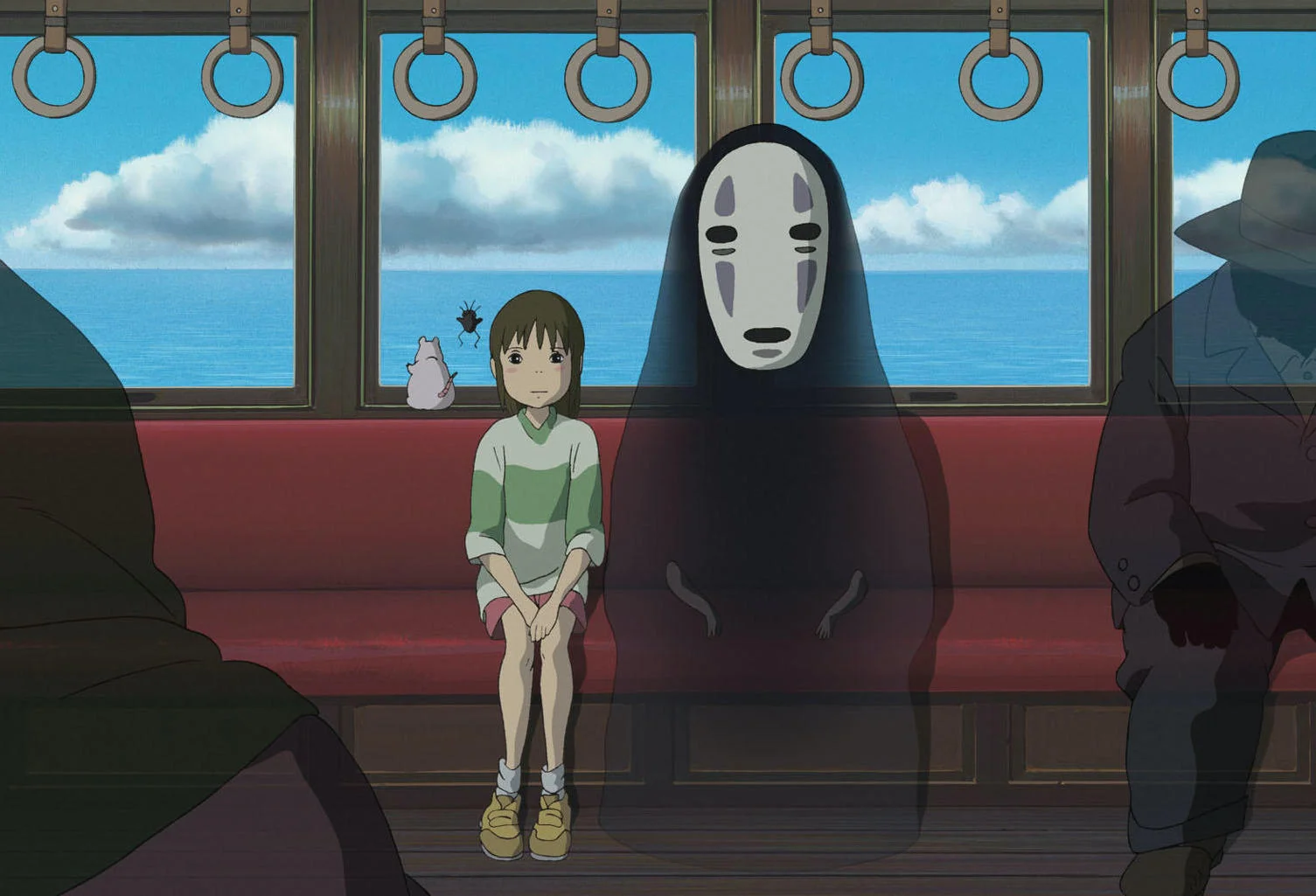Japanese cinema is renowned for its ability to capture profound emotional experiences, particularly themes of loss, trauma, and healing. These films often delve into the intricacies of human emotions, reflecting both personal and societal struggles. By examining these themes, Japanese filmmakers offer viewers a unique perspective on coping with adversity and finding solace.
1. Exploring Loss in Japanese Cinema
Loss is a recurring theme in Japanese films, frequently portrayed through the death of loved ones, separation, or existential crises. These films often emphasize the process of mourning and the impact of loss on individuals and families.
a. Miyazaki’s “Spirited Away” (2001)
While primarily a fantasy film, “Spirited Away” subtly addresses themes of loss through the protagonist, Chihiro, who loses her parents and must navigate a world that symbolizes her grief and anxiety. The film explores how Chihiro’s journey of self-discovery and courage helps her deal with her sense of loss.
b. Ozu’s “Tokyo Story” (1953)
“Tokyo Story” poignantly explores the theme of loss through the emotional distance between parents and their children. The film captures the sadness of aging and the loss of familial closeness, reflecting on the inevitability of change and separation.
c. Kore-eda’s “Nobody Knows” (2004)
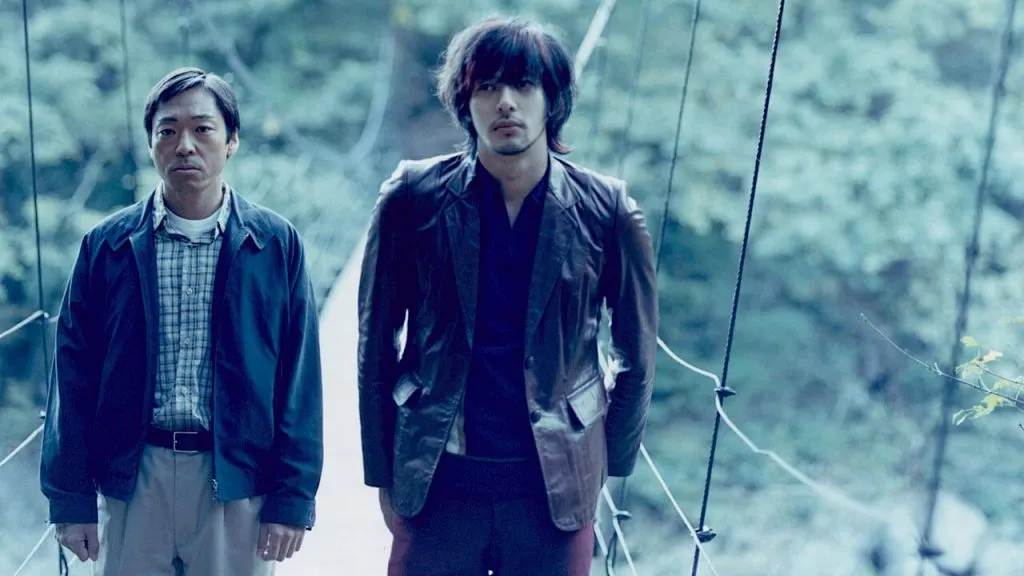
“Nobody Knows” tells the story of four siblings who are abandoned by their mother and left to fend for themselves. The film provides a stark portrayal of loss and its impact on the children’s emotional and physical well-being.
2. Depicting Trauma in Japanese Films
Trauma is often portrayed in Japanese cinema through both personal and collective experiences. Films addressing trauma frequently explore the psychological and emotional effects on characters, revealing the long-term consequences of traumatic events.
a. “Battle Royale” (2000) by Kinji Fukasaku
This controversial film explores the trauma of young people forced into a deadly competition. The film is a stark commentary on violence and the psychological impact of being pitted against one another in extreme circumstances.
b. “The Tale of the Princess Kaguya” (2013) by Isao Takahata
“The Tale of the Princess Kaguya” portrays trauma through the protagonist’s struggle with her identity and societal expectations. The film reflects on the pain of living a life dictated by others, revealing the deep emotional scars left by societal pressures.
c. “Koi no Mon” (2017) by Takahisa Zeze
In “Koi no Mon”, trauma is depicted through the lens of personal relationships and emotional turmoil. The film examines how past traumas affect the present relationships and decisions of the characters.
3. The Path to Healing in Japanese Cinema
Healing in Japanese films is often portrayed as a gradual and complex process. Characters typically engage in journeys of self-discovery, reconciliation, and acceptance, illustrating the multifaceted nature of recovery.
a. “A Beautiful Place” (2020) by Sion Sono
“A Beautiful Place” explores the theme of healing through a narrative that combines personal struggle with a search for redemption. The film follows the protagonist as they confront their past traumas and seek forgiveness and understanding.
b. “The Makioka Sisters” (1983) by Kon Ichikawa
In “The Makioka Sisters”, healing is portrayed through the resilience of the Makioka family as they navigate personal and societal changes. The film emphasizes the importance of family support and personal strength in overcoming adversity.
c. “Still Walking” (2008) by Hirokazu Kore-eda
“Still Walking” offers a poignant exploration of healing within a family. The film depicts how family members deal with the loss of a loved one and how they come to terms with their grief through mutual support and understanding.
4. Cultural Perspectives on Loss, Trauma, and Healing
Japanese films often incorporate cultural elements and traditional beliefs when addressing themes of loss, trauma, and healing. Concepts such as mono no aware (the beauty of transience) and kintsugi (the art of repairing broken pottery with gold) influence how these themes are portrayed.
a. Mono no Aware
The concept of mono no aware reflects the Japanese appreciation of the fleeting nature of life. Films that embrace this concept often emphasize the beauty and poignancy of impermanence, offering a more reflective approach to dealing with loss and trauma.
b. Kintsugi
The philosophy of kintsugi, which highlights the beauty in repair, can be seen in films that focus on characters who find strength and beauty in their scars and brokenness. This approach symbolizes resilience and the transformative power of healing.
Conclusion
Japanese films offer rich and nuanced portrayals of loss, trauma, and healing, reflecting both universal human experiences and unique cultural perspectives. Through powerful storytelling and emotional depth, these films provide insight into how individuals and societies cope with adversity, making them invaluable in understanding the human condition.




